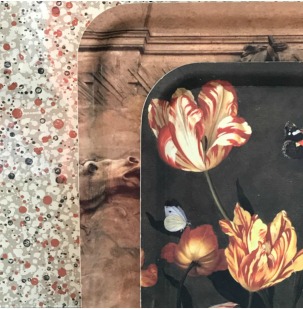Love when I see someone's handiwork, handiwork from many years ago going strong.
Who nowadays if they found a hole in something would discard it? Maybe give it to recycling or
a second-hand shop…
When I do that is allows me to feel good about it, giving it away for all the wrong reasons, it is too old, I don't like it, or use it, or it has a hole,
I can afford to buy another one… but really should I do this and feel okay about it?
Awareness is key.
"There is evidence of fabric prints dating as far back as the 4th century BC. The first common method of textile printing originated in China, where examples of woodblock printing from 220 AD have been discovered. Both block printing and screen-printing slowly became popular throughout Asia, India and then Europe…"
Textile production in Europe 1600 to the 1800s
An Aubusson fragment.
When I was at an antique fair in Roundtop Texas several years ago I saw an antique dealer cutting up gorgeous antique Aubussons
after my shock and disgust I asked her why she was cutting them up as they were in flawless condition. Her reply haunts me still,
"Because I can get more money cutting them up and making pillows out of it."
When is making more money not enough?
When is making more money to have more money, not a good reason to cut up history? Or burn down forests? Or developing junk food? The list goes on …
Says the one selling antiques.
Patchwork perfection
measured
ironed
sewn with even invisible stitches
Created out of necessity with devotion
Safeguarding that which was used and needed.
Those beautiful handsewn hems on handwoven textiles
Fields of linen
cotton
hemp…
The massive footprint of throw-away t-shirts!
Layering history –
creating harmony with it.
Embracing the differences
with understanding, forgiveness, and knowledge.
And certainly at times taking it apart and learning from the errors
with a gentle hand.
Different patterns
seeing harmony in the unexpected
Sharing what we love,
walking away
lighter because of it.








Leave a Reply